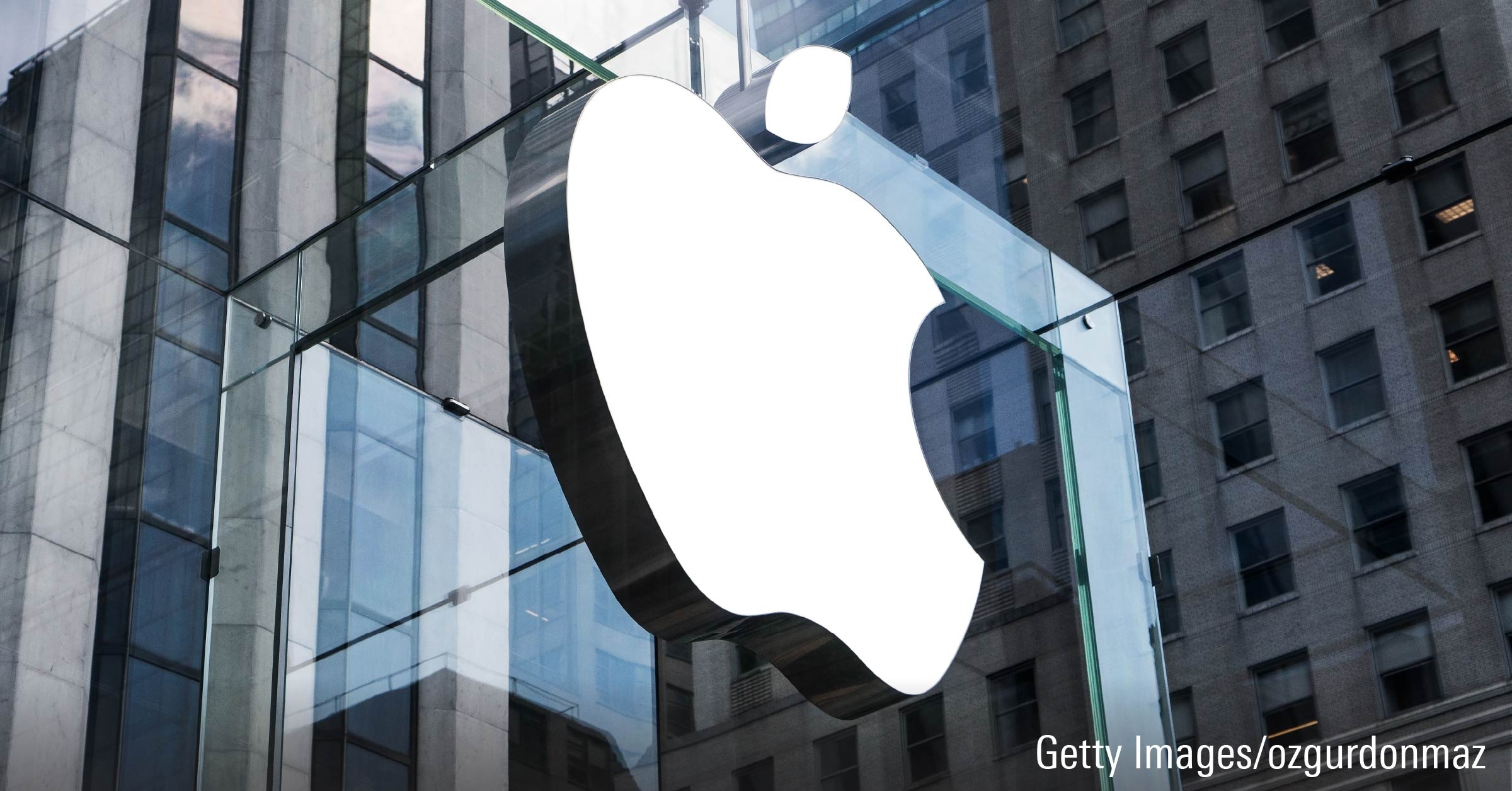After an unusually placid 2017, markets have been in tumult. The pain has been pervasive. In 2018, 79% of Morningstar’s 105 U.S. fund categories had negative returns. This was the highest percentage since 2008.
Here, I will revisit one of the seminal works from the field of behavioral finance, which explores how investors respond to and demand to be compensated for risk. I will also share my thoughts on one way we might be able to better cope with market environments like the one we are experiencing today.
Nearsightedness
In their paper “Myopic Loss Aversion and the Equity Premium Puzzle,” [1] Shlomo Benartzi and Richard Thaler introduced a concept they called myopic loss aversion. Myopic loss aversion is an attempt to marry two pre-existing lines of research. The first of these is the equity premium puzzle. [2] We know that over very long periods stocks have outperformed bonds—by a lot. According to data from Ibbotson SBBI, a dollar invested in U.S. large-cap stocks in 1926 would have grown to $7,353 by the end of 2017. If you invested that same dollar in Treasury bills, it would have become $21. Stocks should offer higher returns than bonds because they are riskier, but the magnitude of this outperformance is puzzling.
The second party in this marriage is loss aversion. [3] Investors feel more pain when they lose money than they do pleasure when they make money, so they demand high compensation for taking chances. Loss aversion also leads investors to check their portfolios regularly.
Benartzi and Thaler claim that these two effects can help solve the equity risk premium puzzle. They found that investors who checked in on their portfolios once each year behaved as though they had a planning horizon of one year (even though their planning horizon—a measurement of how far away they were from their long-term goal—may have been decades away). But the odds of losing money in risky assets with positive expected returns, like stocks, declines with time. Benartzi and Thaler argue that investors’ perception of risk increases as they check in on their portfolios more frequently, so they demand a large equity risk premium to compensate for the greater variability of returns.
This nugget, in the authors’ own words, is most relevant to this discussion:
“The longer the investor intends to hold the asset, the more attractive the risky asset will appear, as long as the investment is not evaluated frequently.”
The further we remove ourselves from the inexplicable day-to-day gyrations of the market, the less risky we will perceive our investments to be. This, in theory, should help us to stay the course.
A Picture Is Worth a Thousand Words
The exhibit I’ve included here is intended to help frame the potential value of longer evaluation periods. I hope it will help keep things in perspective during dark days in the markets. The top row shows calendar-year returns for the Investor share class of Vanguard Balanced Index (VBINX, listed in the U.S.), which I’ve chosen as a proxy for a broadly diversified portfolio. Subsequent rows show annualized returns over the ensuing two to 25 years, where applicable.
There have been bad years during which investors have suffered big losses. But the pain of these losses is temporary. Returns for the Vanguard fund were negative in just five of the 25 calendar years included here. Its returns were positive in each of the multiyear periods extending beyond four years. The longer the period, the narrower the range of returns and the higher the median return. Markets have rewarded investors who can tolerate temporary discomfort.
Don’t Look
Talk is cheap. Charts like these are, too. Suffering through losses is far more taxing than any picture or thousands of words can capture. Most investors’ reaction to market malaise is visceral. Many may be permanently scarred by experiences like the global financial crisis. Their memory of these events can have a lasting effect on their willingness to take risk.
So how might we be able use what we know about myopic loss aversion to avoid responding to the markets’ troubles in a way we will later regret? I think the simplest way—though it’s far from the easiest—is to simply stop looking. How often do you check your portfolio? Once a month? More? Less? As the exhibit lays bare, the more often you check in on your portfolio, the more likely you are to be disappointed with what you see.
I think that the less often we look at our portfolios, the less likely we’ll be upset and tempted to tinker. Tinkering rarely—if ever—helps us meet our long-term goals. It more likely results in costs, both directly measurable and implicit. The measurable costs include commissions and taxes. The largest implicit cost of tinkering is opportunity costs. Missing out on tremendous market returns because you have been parked in cash for the past 10 years, still shell-shocked from the last bear market—that’s an opportunity cost. Over the long term, the market will do most of the heavy lifting for us, assuming we are along for the ride.
[1] Benartzi, S., & Thaler, R. 1993. “Myopic Loss Aversion and the Equity Premium Puzzle.” NBER Working Paper 4369. //www.nber.org/ papers/w4369
[2] Mehra, R., & Prescott, E.C. 1985. “The Equity Premium Puzzle.” J. Monetary Economics, Vol. 15, No. 2, P. 145.
[3] Kahneman, D., & Tversky, A. 1979. “Prospect Theory: An Analysis of Decision Under Risk.” Econometrica, Vol. 47, No. 2, P. 263.






.png)










